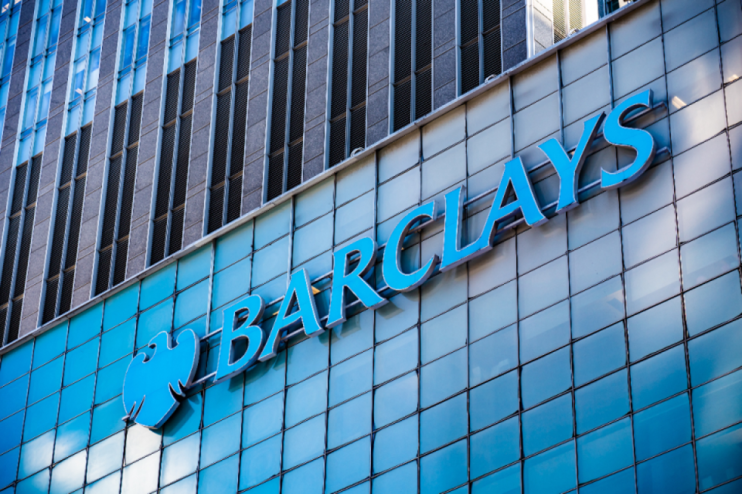Barclays shares hit nine-year high as investment bank helps profit beat forecasts

Barclays’ shares have hit their highest level in nine years after a rebound in investment banking helped its profit beat expectations for the third quarter.
The FTSE 100 lender reported a pretax profit of £2.2bn between July and September, up 18 per cent from £1.9bn a year earlier.
A company-compiled analyst consensus had expected a third-quarter profit of £2bn.
Its stock price jumped as much as 4.5 per cent on Thursday morning. Barclays’ shares have gained 59 per cent so far this year, making it one of the FTSE 100’s best performers.
Barclays’ third-quarter earnings were boosted by its investment bank, which enjoyed six per cent year-on-year income growth to £2.9bn.
Investment banking fees jumped 13 per cent on the back of higher takings in Barclays’ advisory and debt and equity capital markets units.
Its income from global markets, fixed income and equities were all up three per cent.
Strength in Barclays’ investment bank mirrored rivals like JP Morgan and Goldman Sachs, which also surpassed earnings estimates in the third quarter amid increasing appetite for the deals and IPOs they advise on.
That came alongside a resilient performance from Barclays’ UK bank against a backdrop of falling interest rates.
The business’ total income rose four per cent, helped by Barclays setting aside just £16m for bad loans during the quarter – compared to £59m a year earlier.
Its net interest income (NII) – what it generates from loans minus what it pays on deposits – came in six per cent higher at £1.7bn in line with estimates.
Its net interest margin widened 30 basis points to 3.34 per cent as Barclays navigated stiff competition for mortgages and deposits, driven by expectations of further rate cuts from the Bank of England.
Barclays raised its 2024 guidance to forecast a group NII, excluding its investment bank and head office, of more than £11bn. It previously expected around £11bn.
Within this, NII at Barclays’ UK bank is expected to come in at around £6.5bn for the full year, up from previous guidance of roughly £6.3bn.
Barclays is trying to reduce the size of its flagship investment bank given the volatility of its revenue and huge capital consumption compared to better-returning parts of the group.
Meanwhile, Barclays is boosting investment in its UK businesses, corporate bank, and wealth and asset management arms as part of a three-year turnaround plan unveiled in February.
The overhaul, overseen by chief executive CS “Venkat” Venkatakrishnan, is designed to cut £2bn in costs and return £10bn to shareholders by 2026.
Barclays’ operating costs were steady at £4bn during the third quarter. The bank said its roughly £300m in cost efficiency savings more than offset inflation.
“We continue to be focused on disciplined execution of our three-year plan and are encouraged with progress to date,” Venkat said on Thursday.
He added that Barclays was on track to achieve its target of a more than 12 per cent return on tangible equity (RoTE), a key measure of profitability for banks, in 2026. In the third quarter, its RoTE was 12.3 per cent.
Barclays’ stock price has surged 56 per cent so far this year, making it one of the FTSE 100’s best-performing companies. Its shares gained two per cent in early trading on Thursday.
“This should be taken as a decent set of results, but Barclays has had a material re-rating over the year so far,” said Matt Britzman, an analyst at Hargreaves Lansdown.
“Much of that’s been justified, and the stock still looks to be trading at a discount to where it should be.”